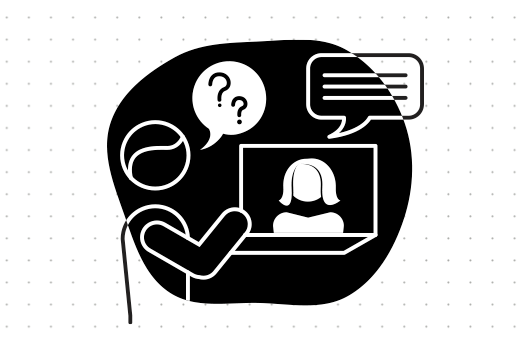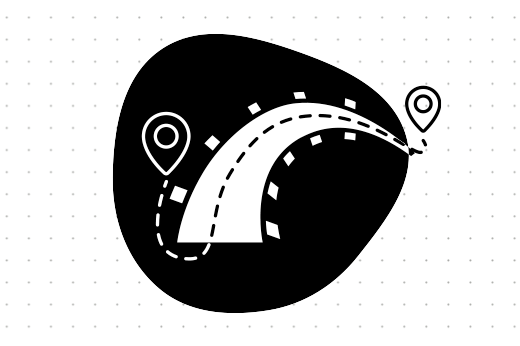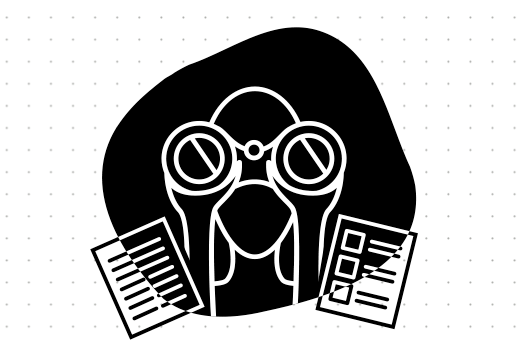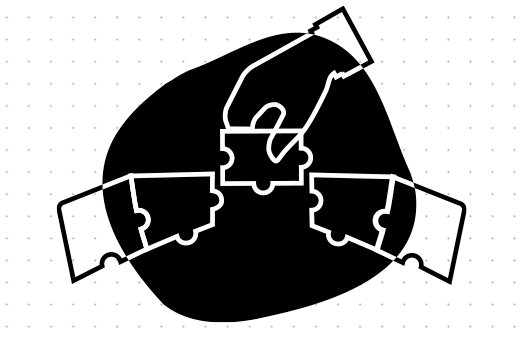Filter by category
Creativity, resilience, determination, and a relentless need for innovation, are defining traits of an entrepreneurial mindset. As a tech company with a strong focus on constant improvement, and after more than a decade of collaborating with passionate entrepreneurs and industry disruptors, we can attest to that.
However, married to creativity and passion, is the fact that most entrepreneurs believe they’ve discovered the “next big thing.” A powerful driver or a potential pitfall, a business idea can quite literally change one’s life forever. Following through on a goal is just as important as knowing when to let go. But where do we draw the line?
We would be lying if we didn’t admit that we’ve oftentimes caught ourselves daydreaming of a particular business idea we were convinced could disrupt an entire industry. And, you know who’s the first one to praise every idea we have, contributing to our perpetual delusion of grandeur, or shall we say, unparalleled creativity? Our... mom. If only everyone else in the world saw us through our mothers’ eyes...
Wait, what? What do our moms have to do with all this? Keep reading and find out.
In his book, The Mom Test: How to talk to customers and learn if your business is a good idea when everyone is lying to you, Rob Fitzpatrick describes his tried and tested approach on how to leverage the right questions to find out if your business idea is as good as your mom says it is. By learning the difference between good and bad questions, avoiding bad data, and choosing the right customers, you’ll be on the right track to creating data-driven software products that will disrupt industries and change your life (well, here’s to hoping).
Set your ego aside and start asking the right questions
As an entrepreneur, prior to investing money, time, and other resources to bring your ideas to life; you need to learn if they are even good ideas in the first place. Are your ideas viable solutions to your customers’ problems? Are they good fits for the market? Do they stand out from the competition? The only way to answer these questions is by speaking to customers directly and asking them the right questions through customer interviews.

Bad customer conversations aren’t just useless. Worse, they convince you that you’re on the right path. They give you a false positive which causes you to over-invest your cash, your time, and your team.
On the other hand, good customer interviews or conversations, which are one of the most important elements of the discovery phase, will not only save you time and money but also serve as the first step to building a data-driven product or service. Even though it may seem tedious and unexciting, discovering your customers’ challenges and needs at the start of your journey and then having the ability to improve/pivot after learning from them is crucial to your success. At the end, you might even find out that your mom was actually “on to something,” instead of merely trying to protect your ego and your feelings – and now you have data to prove it!
Introducing The Mom Test
As Fitzpatrick says, “The truth is our goal and questions are our tools.” Therefore, the questions you ask determine whether your customer conversations are good or bad. “Every question we ask carries the very real possibility of biasing the person we’re talking to and rendering the whole exercise pointless.” No pressure…
How to craft good questions that even your mom can’t lie to you about
So, how do you ask the right questions to ensure that your customer conversations are successful? We’re glad you asked.
Talk about their life instead of your idea.
Ask about specifics in the past instead of generics or opinions about the future.
Talk less and listen more.
And that is The Mom Test.
Bad questions vs good questions
Let’s put it to practice. Here’s a list of Fitzpatrick’s Bad Questions versus Good Questions and the reasoning as to why they are considered that way:
Bad Questions / Reasoning
“Do you think it’s a good idea?” / Opinions are worthless.
“Would you buy a product which did x?” / Anything involving the future will result in an over-optimistic lie.
“How much would you pay for X?” / People will lie to you and tell you what you want to hear.
“Would you pay X for a product which did Y?” / People are overly optimistic about what they would do and want to make you happy.
“What would your dream product do?” / People know what their problems are, but they don’t know how to solve those problems.
Good Questions / Reasoning
“Why do you bother?” / You are shooting blind until you understand their goals and you will learn their goals when you ask this question.
“What are the implications of that?” / Some problems don’t actually matter.
“Talk me through the last time that happened?” / Watching someone do a task will show you where the problems and inefficiencies really are, not where the customer thinks they are.
“What else have you tried?” / If they haven’t looked for ways of solving it already, they’re not going to look for them (or buy) yours.
“How are you dealing with it now?” / While it’s rare for someone to tell you precisely what they’ll pay you, they’ll often show you what it’s worth to them.
“Where does the money come from?” / In a B2B context, it’s a must-ask.
Once you understand the power that asking the right questions holds, you will not only better understand your customers, but you will also have data to guide your business plan, further leveraging this knowledge with future clients and investors.
Thanks, but no thanks! Avoiding bad data
After you master the art of asking the right questions, you can focus on avoiding bad data. According to Fitzpatrick, there are three types of bad data:
Compliments;
fluff; and
ideas.
In order to avoid being stuck with bad data, the most effective thing you can do is refrain from mentioning your idea altogether. People tend to be overly generous with their compliments once they find out what you’re doing. However, “Compliments are the fool’s gold of customer learning: shiny, distracting, and entirely worthless.” Make sure you deflect compliments and instead redirect the conversation to learning facts about your customers’ lives and their experiences.
Similarly, when a customer begins to utilize generic claims (“I usually,” “I always,” “I never”), future-tense promises (“I would,” “I will”), or hypothetical maybes (“I might,” I could”), they are giving you fluff, and you need to follow The Mom Test to bring them back to specifics.
Finally, in order to avoid bad data, you should dig beneath the surface of ideas. If a customer offers an idea or a feature request, your job is to understand the motivations behind these requests. Why do they want this feature? How are they currently coping without the feature? Dig deeper.
For once, embrace the elephant in the room
Once you’re on the lookout for bad data, and know the difference between good and bad questions, the next step to conducting successful customer interviews is to ask important questions. Before going into a customer conversation, you should pre-plan the three most important things you want to learn from the exchange. By asking important questions, we mean asking those questions to which you are afraid to learn the answers to.
According to Fitzpatrick, “You can tell it’s an important question when the answer to it could completely change (or disprove) your business.” If you’re brave enough to look the elephant in the room in the eyes and ask those hard questions, then you’ll have a better chance of de-risking your business idea from the start.
How to find your perfect match
Perhaps the most important part about customer interviews, after learning how to conduct the interview, is finding the right customers to talk to. If you don’t have a clear idea of who you should be talking to, you’ll end up with confusing signals and, according to Fitzpatrick, three main problems:
You get overwhelmed by options and don’t know where to start.
You aren’t moving forward but can’t prove yourself wrong.
You receive incredibly mixed feedback and can’t make sense of it.

If you aren’t finding consistent problems and goals, you don’t yet have a specific enough customer segment.
If this is the case, then you should consider customer slicing. “You take a segment and then keep slicing off better and better sub-sets of it until you’ve got a tangible sense of who you can go talk to and where you can find them.”
Time to get your hands dirty and dig for the truth!
The hard truth is that not all of our ideas are as amazing as they may seem in our heads (or as great as our moms say they are). Therefore, it is imperative to learn from customers in order to filter out our biases and passion from the process, opting to instead follow the data and facts. Talking to customers at the very beginning of your journey and learning about their needs and challenges will save you money, time, and frustration in the long run. As Fitzpatrick best put it,

By asking good questions, we can fix many flawed ideas before they get us in trouble.
If you ever find yourself stuck, not knowing what questions to ask, don’t hesitate to reach out to us and we’ll guide you through the process.





